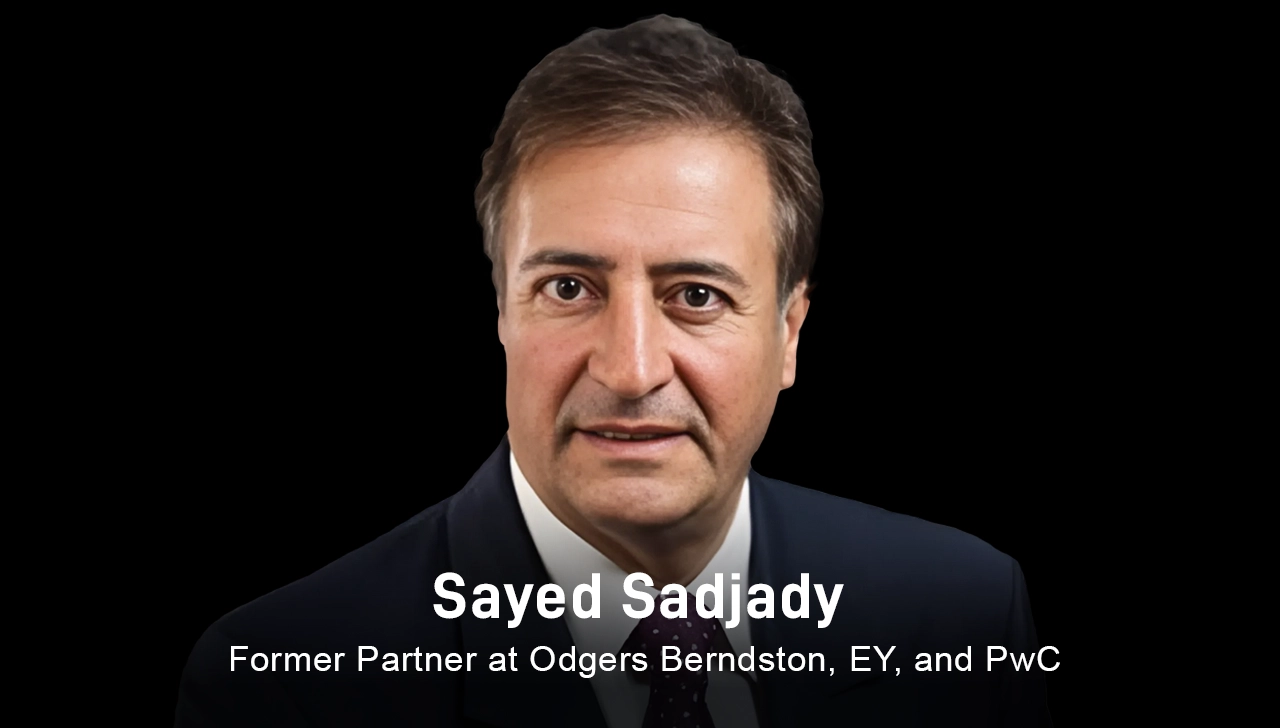ExCo Insights
Sayed Sadjady’s Leadership Lessons | ExCo Insights
ExCo Insights
In this series, we explore some of the most important lessons and insights from our executive coaches and mentors.
Sayed Sadjady, executive coach and mentor at The ExCo Group and former partner at Odgers Berndston, EY, and PwC, shares his key leadership lessons, including the importance of investing in onboarding, understanding the personal and professional journey of your team, and balancing trust with control.
Click here for more ExCo insights.
KEY LEADERSHIP LESSONS
Over the years, I’ve had the opportunity to work at several leading consulting firms. One of the most important lessons I’ve learned came when I hired a senior partner from a competing firm to join my practice. As is typical with senior hires in large partnerships, the recruitment process was lengthy and thorough, lasting well over nine months and involving meetings with more than 20 of my colleagues. Everyone gave him a strong endorsement.
Given his extensive experience, I entrusted him with a significant part of our business. However, a year later, I had to ask him to leave. The experience was difficult, but it taught me a valuable lesson: we had not invested enough in his onboarding. Most organizations pour tremendous effort into hiring the right person, with exhaustive diligence and vetting. But once that person joins, there’s often an unspoken assumption that they’ll hit the ground running. What’s overlooked is that new hires, especially senior ones, go from having a deep internal support system and established network at their previous firm to starting from scratch in a new environment. They lose the relationships that helped them navigate complexity and drive impact. That loss can be destabilizing. Since that experience, I’ve felt a deep sense of personal responsibility for onboarding new hires. I believe onboarding is just as important, if not more so, than the hiring process itself.
“New hires, especially senior ones, go from having a deep internal support system to starting from scratch. They lose the relationships that helped them, and that loss can be destabilizing.”
A second, equally important lesson I’ve learned is the value of truly knowing your team. When taking over a new team, especially one that’s geographically dispersed, it’s easy to rely on surface-level insights: job titles, organizational charts, or inherited performance reviews. But that’s not enough.
I learned this when I transitioned from PwC to EY. With my previous team, I had grown alongside them; I knew their strengths, their struggles, and how to bring out the best in each of them. At EY, everything was new. Assigning people to client work was challenging because I didn’t yet understand who they were. So, I made a conscious effort to get to know them, really get to know them. I listened to their stories, learned what motivated them, and took time to understand where they were in their personal and professional journeys. That made all the difference.
WHEN I COACH CLIENTS, WE OFTEN TALK ABOUT…
When I coach others, a few themes come up frequently. One is a key challenge many leaders face as they transition into more senior roles. Often, they don’t shift their leadership style quickly enough. As their scope expands, especially when leading global teams, they need to pivot from being problem solvers and executors to becoming strategists and people leaders. Their job is no longer about driving outcomes personally, but about enabling others to do so. Yet many stay too deep in the details. They must evolve into leaders of leaders. The good news is that senior executives tend to be fast learners, so once they understand the need for this critical shift, they usually recalibrate quickly.
Another theme that frequently emerges is the balance between trust and control, particularly in today’s post-pandemic world. Historically, organizations operated with clear hierarchies and command structures. Managers knew who made decisions, who provided input, and who executed. But COVID largely changed that. Leaders had to move to a trust-based model almost overnight, because they couldn’t manage by visibility or proximity anymore. The focus shifted from overseeing activity to evaluating outcomes. Many leaders struggled with the loss of control, but many soon adapted. That period tested the trust equation deeply. The key is finding the right balance between trust and control, and that balance is different for every team, every culture, and every situation.
